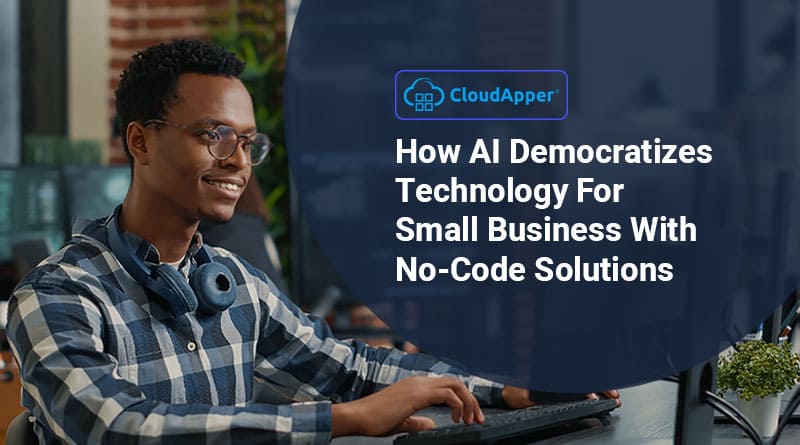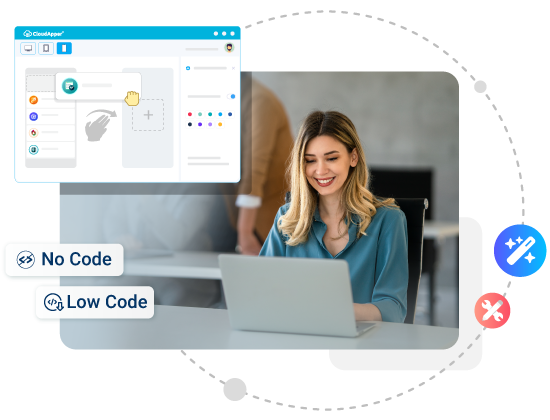When one thinks of large corporations like IBM, the first thing that comes to mind is a sea of cubicles populated with technology gurus weaving their black magic spells to keep the engine humming. But more and more, advances in tech have actually reduce the need for those teams of computer wizards and are putting that power in the hands of everyday business people.
From the earliest days of modern computing back in the 1940s, computer scientists have dreamed of computers that could write their own programs more effectively and efficiently than error-prone humans. Recent advances in artificial intelligence are making that dream more a reality everyday with the advent of no-code platforms.
No-code systems involve computer programs that can take a problem specified by a human operator and generate custom software specific to the problem domain. This allows experts in a given field the ability to develop efficient solutions to their problems without the need for advanced computer programming skills.
This is a game changer for small businesses. With the help of artificial intelligence, a small staff can develop software solutions for their own needs without having to depend on an expensive IT department, or worse, paying licenses for off-the-shelf software that only marginally addresses their specific needs.
The trick to employing no-code AI solutions comes in identifying how best to utilize the powerful data-handling capabilities the technology offers. Smaller companies often lag behind their larger corporate cousins when it comes to the strategic use of information technology. But small business have just as much opportunity to utilize data science gathering in the following ways.
– Get the most bang for your buck. Use AI to identify the most valuable data points and how to most advantageously exploit them.
– Coordinate across departments to streamline data application strategies, getting more value out of less programming.
– Incorporate your existing data into your new AI platform. Don’t waste what you already have. Find new ways to benefit from your past efforts.
No-code AI solutions such as CloudApper put business problem solving into the hands of those who can most creatively address the needs of their firms and clients, transforming how technology is utilized in the market.
A shining example of this can be seen in intelligent lead scoring. After accumulating sales lead information from a variety of sources and storing it in a database, no-code software allows the sales team to program which data points to prioritize and generate a data-driven strategy for identifying those leads worth pursuing for maximum payoff. By putting this kind of power in the hands of those who know what kind of information they need, it eliminates the wasteful back and forth communication between sales and IT personnel before useful data can be generated.
All in all, no-code platforms democratizes trailblazing AI technology by bringing smart automation tools and low barrier to entry custom software development platforms to medium and small businesses. When ordinary business people can directly tell their IT systems what kinds of information they need, and how to go about getting it, the dream of the computer that programs itself has been realized.
What is CloudApper AI Platform?
CloudApper AI is an advanced platform that enables organizations to integrate AI into their existing enterprise systems effortlessly, without the need for technical expertise, costly development, or upgrading the underlying infrastructure. By transforming legacy systems into AI-capable solutions, CloudApper allows companies to harness the power of Generative AI quickly and efficiently. This approach has been successfully implemented with leading systems like UKG, Workday, Oracle, Paradox, Amazon AWS Bedrock and can be applied across various industries, helping businesses enhance productivity, automate processes, and gain deeper insights without the usual complexities. With CloudApper AI, you can start experiencing the transformative benefits of AI today. Learn More

















